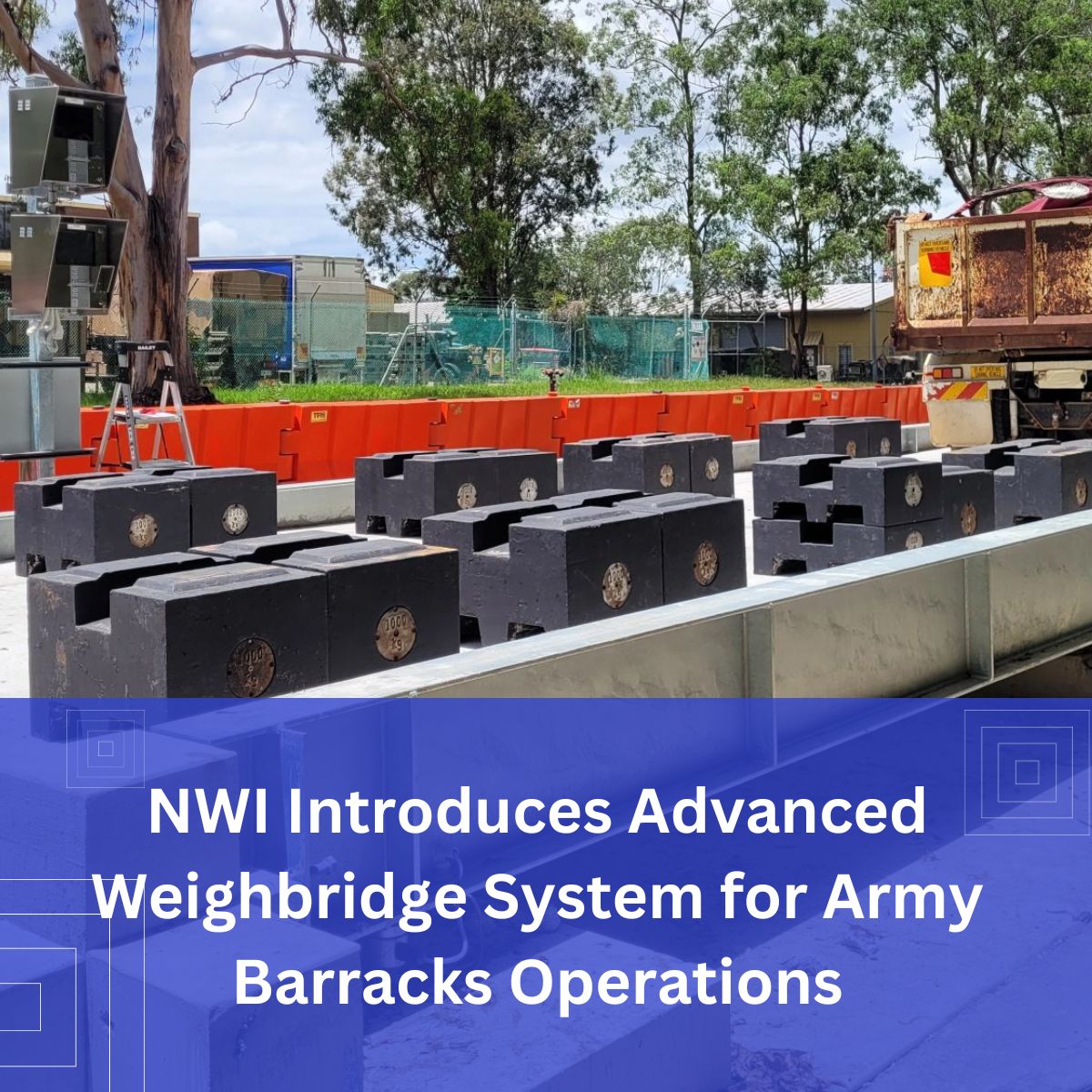Weighing in Warfare: The Historical Significance of Weighing Systems in Military Operations
In the records of military history lies an often-overlooked but indispensable element: the role of weighing systems. From ancient battles to modern warfare, the meticulous measurement of provisions, ammunition, and artillery has been critical to the success of military campaigns. Continue reading to learn more about the fascinating history of how scales and balances have played a pivotal role in shaping military operations throughout the ages.
Ancient Origins: Precision Amidst Chaos
Even in the ancient world, military commanders recognised the importance of accurate measurement in ensuring the readiness and effectiveness of their forces. From the Roman legions to the armies of Alexander the Great, provisions such as food, water, and equipment were carefully weighed using rudimentary scales made of wood, stone, or bronze. These ancient scales, though rudimentary by modern standards, provided commanders with essential insights into resource management and logistical planning.
The Medieval Arsenal: Weighing Weapons of War
As warfare evolved during the Middle Ages, so too did the need for precise measurement extend beyond provisions to weaponry. Armories weighed swords, spears, and armor to ensure uniformity and effectiveness on the battlefield. The development of siege weapons such as trebuchets and catapults relied heavily on accurate weight distribution for optimal performance. Even the cannonball underwent rigorous weighing to achieve consistent ballistic trajectories.
The Industrial Revolution: Precision at Scale
The dawn of the Industrial Revolution brought about a revolution in military logistics and engineering. With the advent of mechanised production and standardised measurement units, military forces gained unprecedented capabilities in mass-producing equipment and ammunition. Portable scales and balances became indispensable tools for quartermasters, enabling them to accurately measure and distribute supplies to troops deployed on distant frontiers.
World Wars and Beyond: The Rise of Modern Weighing Technology
The 20th century witnessed a quantum leap in military technology, and weighing systems played a pivotal role in supporting these advancements. From the precision-engineered scales used in munitions factories to the portable field scales deployed in theaters of war, accurate measurement remained the bedrock of military logistics. The advent of electronic scales and load cells further revolutionised weighing technology, providing greater accuracy and reliability in adverse conditions.
Into the Future: Weighing Systems in Modern Warfare
In today’s era of asymmetrical warfare and high-tech weaponry, the role of weighing systems remains as vital as ever. From drones and precision-guided munitions to logistics support for multinational operations, military forces rely on sophisticated weighing technology to maintain a strategic edge. Real-time data integration and advanced analytics enable commanders to make informed decisions on resource allocation and force deployment, ensuring operational readiness in dynamic environments.
Conclusion: The Unseen Guardians of Military Precision
As we reflect on the history of weighing in warfare, it becomes evident that scales and balances have played a major part in military precision. From ancient battlefields to modern conflict, the measurement of provisions, ammunition, and equipment has been instrumental in shaping the course of history. As technology continues to evolve, one thing remains constant: the indispensable role of weighing systems in ensuring the readiness and effectiveness of our armed forces.










